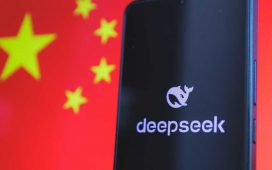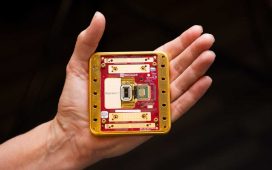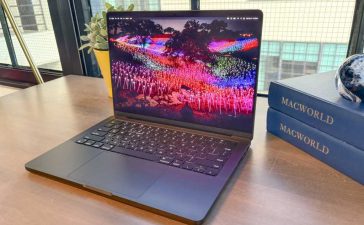
While VR environments are often created with computer graphics, photorealism is preferred for certain enterprise purposes. “Much of what businesses want and need has to be as close to the real thing as possible to use those assets for engineering, sales and marketing purposes,” said Anshel Sag, principal analyst at Moor Insights and Strategy. “Without photorealism, it becomes a lot less valuable and powerful.”
Until recently, photorealistic 3D content has been produced either with expensive Lidar scanners that can cost several thousand dollars, or photogrammetry techniques that are more accessible, but still require specialist skills. In both cases, there are limitations on quality, too, said Wyatt.
A key advantage of Teleport is the use of a machine learning technique called Gaussian splatting. This enables full 3D scenes to be produced from a set of photos, with more realistic lighting, textures, and reflections – ideal for immersive applications such as Teleport, said Wyatt.












